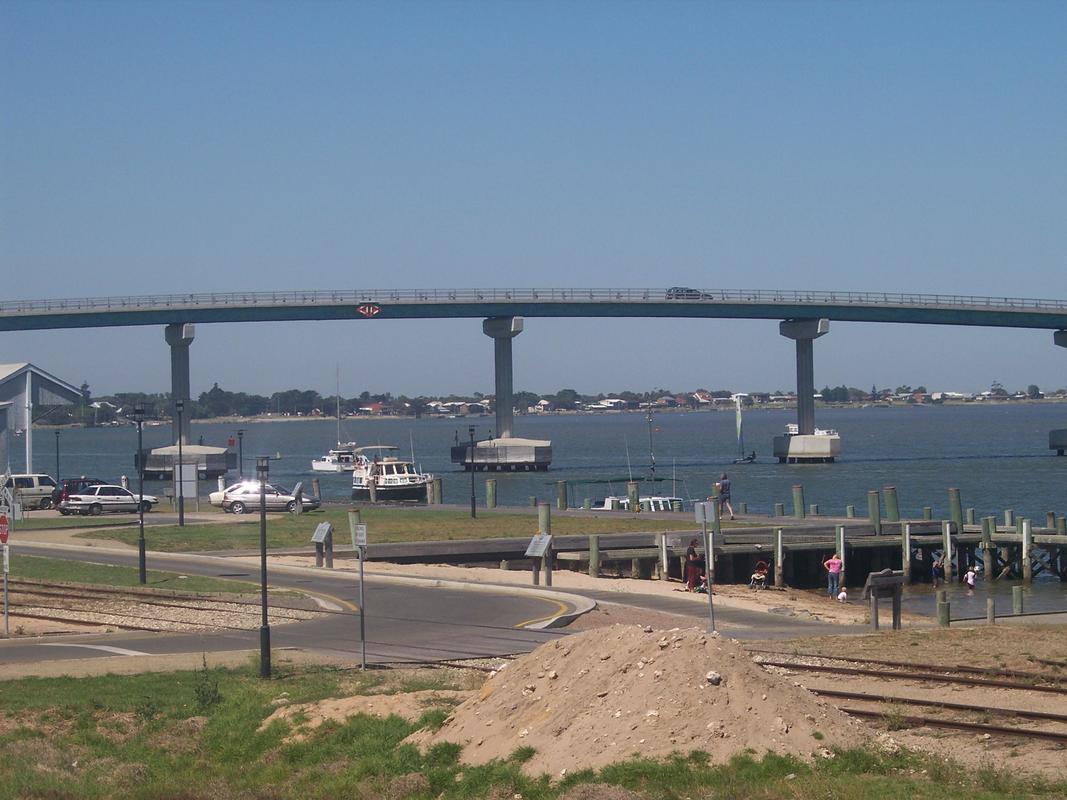|
Issue 10, Semester 2 By Tess McGuire Content warning: Colonisation One of the most profound disservices of my legal education over the past three years was the discussion of Kartinyeri v The Commonwealth in Constitutional law. The focus and reason for examining the case in class was to demonstrate different approaches to interpretation; ‘formalist’ versus ‘functionalist’. A valid aspect of the case, sure. But my god does this pale in comparison to the historical significance and the myriad of legal and political issues at play. I distinctly remember sitting in class, when the question, ‘which style of judgment did you relate to?’ was posed. It was then disconcerting to hear people ‘relate’ to certain judgments, as they were making these statements without full knowledge of the facts.
Why do I raise this two years later? Well, I was reminded of this experience at the start of semester by both Indigenous students I tutor Constitutional law, who recalled their similar sense of discomfort when I asked them about the class. I have also been lucky enough to revisit the case in ‘Encounters: Indigenous Australians and Law’, where we spent three hours with experts, Ann Genovese, Maureen Tehan and Mark McMillan, interrogating the case and its true context. What I learned only exacerbated my sense of frustration towards the limited background students are afforded in Constitutional law. Only discussing the case to discern the difference between ‘formalism’ and ‘functionalism’ is to gloss over the historical significance, impact and consequences of the case. It is at best, lacklustre, and at worst, a perpetuation of the coloniser narrative. The reading guide frames the case as concerning ‘the extent of Commonwealth power under section 51(xxvi)’. Again, of course this is true. But Kartinyeri is so much more. Kartinyeri was also the High Court manifestation of a political witch hunt of Ngarrindjeri women. It was a David and Goliath battle of Indigenous women fighting to protect their sacred land against the sanctioned destruction by the newly-elected Howard government. It was a clash of two systems of law and culture that saw the dominant, Anglo-Australian system, subject the Ngarrindjeri nation to a demeaning level of scrutiny and inquisition. The Hindmarsh Island bridge dispute was one of the most significant political controversies of 1990s Australia, during the post-Mabo, post-Wik outrage. It arose because Adelaide developers, Tom and Wendy Chapman wanted to develop a marina/golf course complex on Hindmarsh Island that would require a bridge. Shortly before construction, Ngarrindjeri women turned to the Federal Minister for Aboriginal Affairs, Robert Tickner (yes, of Tickner v Chapman that you read in Administrative law) who issued an emergency declaration preventing the work, and appointed (our national treasure) Professor Cheryl Saunders AO*, to investigate the cultural significance of the area. After discussions with Ngarrindjeri women, Saunders’ report concluded: ‘Hindmarsh and Mundoo Islands and the waters surrounding them have a supreme and cultural significance for the Ngarrindjeri people within the knowledge of Ngarrindjeri women which concerns the life force itself. If destroyed, the Ngarrindjeri people believe they will be destroyed.’ ‘The area is, as Doreen Kartinyeri said, drawing an analogy with the significance of Uluru for the people of central Australia, the most important place for Aboriginal people of the lower South.’ These assertions of significance were so contested there was a Royal Commission(!) established to investigate whether the Ngarrindjeri’s description of their ‘women’s business’ was a fabrication in order to prevent the construction of the bridge. The Commission concluded that it was. This was regardless of the fact many Ngarrindjeri women refused the jurisdiction of the Commission and did not appear. A powerful statement was read on their behalf, which stated: “Our law for Aboriginal women prohibits us from talking about this business, not only to any men, but also to those not privileged to be given that information.” “Women’s business does exist, has existed since time immemorial and will continue to exist where there are Aboriginal women who are able to practice their culture.” It is after all of this (and more) that Doreen Kartinyeri, an extraordinary woman, historian, and Ngarrindjeri elder, became lead plaintiff in this constitutional challenge to the Howard government's’ use of the race power to legislate the Hindmarsh Island Bridge Act. If I’ve learned anything in this law degree, it is that the law is not neutral and it is superficial to read it as so. To my mind, Kartinyeri is a demonstration of how the law can be a tool to subordinate and repress the voices of Indigenous women, in order to subject their sacred land to desecration and destruction. It is the story of a violent, white, patriarchy. Though I don’t expect every element of the case to be revealed in the first class of Constitutional law, addressing the historical significance in a more meaningful way, would only serve to enhance understanding and discourse. Tess McGuire is a third year JD student.
SES Feedback Form
2/10/2018 09:22:05 pm
Use me
MEGA LOLZ
5/10/2018 11:36:15 am
:)
Sverre
2/10/2018 10:04:34 pm
When we studied it we also looked at the use of te race power, and at how Gaudron adopted the necessary test, the proportionally test, and the race specific test, while Gummow & Hayne adopted the manifest abuse test and the special laws test.
Janelle
3/10/2018 01:39:10 am
Hi Sverre,
Disagree
2/10/2018 10:14:47 pm
I agree it’s a shame. However we could honestly say the same about any case, in any subject, about any ancillary points of interest - be those political, historical, social, policy driven etc. At the end of the day the course has learning objectives and this case was selected for a certain purpose.
Holy Cow
2/10/2018 10:20:19 pm
Quite amusing how progressives fawn over the sacredness of this and the sacredness of that when it comes to their favoured classes of people, often indigenous people as in this article, but are always the first to say fuck you and your sacred traditions when it comes to something like Christianity.
Sverre
2/10/2018 10:29:57 pm
I know, dear reader, you desperately want to hit reply to this post. I can see you thinking about it. But hesitate a moment...
Sacred schmacred
2/10/2018 10:53:09 pm
Precisely what relevance does a religion’s status as either the oppressed or the oppressor have to the validity of its doctrines of magical quackery? You do know that Christians were in the beginning the most oppressed minority of the Roman Empire and continue to be oppressed in many places in the world today? (Just ask the assyrians). Was their belief in magical sky fairies somehow more respectable when they were oppressed than when they became dominant?
Sverre
3/10/2018 05:59:39 am
Sacred Schmacred,
So many topics, so little time.
2/10/2018 10:56:34 pm
I fail to see the problem this article thinks exists. In fact it provides its own answer, just take the elective.
Dame Felicity Blake AK
3/10/2018 06:40:34 am
"(our national treasure) Professor Cheryl Saunders OA"
Jared
3/10/2018 12:43:08 pm
I agree with some of the above, in that it is difficult to address the relevant issues within an already packed syllabus.
no thanks
3/10/2018 09:11:25 pm
Why?
HLA Dworkin
4/10/2018 09:24:41 am
I'd much rather study indigenous legal history than the current shitshow that is legal theory Comments are closed.
|
Archives
October 2022
|



